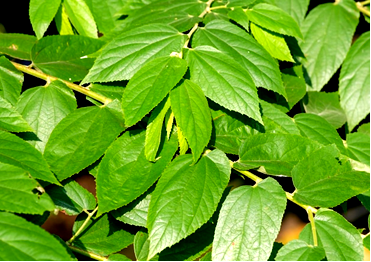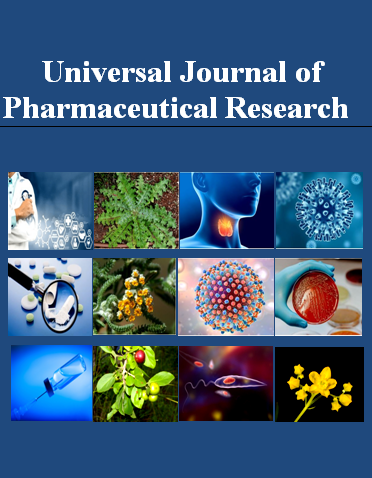FORMULATION AND EVALUATION OF ANTIBACTERIAL ACTIVITY OF EMULGEL PREPARATION CONTAINING MUNTINGIA CALABURA L. LEAVES EXTRACT
Keywords:
antiacne, antibacterial activity, emulgel, kersenAbstract
Background and aims: Acne develops due to the obstruction of pilosebaceous follicles by accumulated sebum, keratinocytes, and microbial colonization Certain secondary metabolites from plants possess anti-acne properties, including karsen (Muntingia calabura L.). This study aims to formulate and evaluate the anti-acne activity of an emulgel against Propionibacterium acnes. The ethanolic extract from Muntingia calabura L. leaves was used in the formulation.
Methods: The extraction process was carried out using maceration. The ethanolic extract of karsen was utilized as the active ingredient in the emulgel formulation. The emulgel was evaluated based on its organoleptic properties, homogeneity, pH, emulsion type, spreadability, and adhesion. The antibacterial activity was assessed through an in vitro antibacterial assay.
Results: The extraction yield was 10.8%. The extract contained flavonoids, tannins, and saponins. The formulated emulgel had a semi-solid consistency, a brownish-green color, a distinct odor characteristic of Muntingia calabura L. leaves, and was homogeneous. It had a pH range of 4.87–5.40, an oil-in-water (O/W) emulsion type, a spreadability of 5.1–5.8 cm, and an adhesion time of 3.26–4.36 seconds. The formulation exhibited anti-acne activity against Propionibacterium acnes, with the highest inhibitory activity observed at a concentration of 12%.
Conclusions: The ethanolic extract from M. calabura L. leaves can be successfully formulated into a stable emulgel. The formulated emulgel exhibits antibacterial activity against Propionibacterium acnes.

Peer Review History:
Received 3 February 2025; Reviewed 9 March 2025; Accepted 22 April; Available online 15 May 2025
Academic Editor: Dr. Ahmad Najib , Universitas Muslim Indonesia, Indonesia, ahmad.najib@umi.ac.id
, Universitas Muslim Indonesia, Indonesia, ahmad.najib@umi.ac.id
Reviewers:
 Dina Abd Elfattah Eldakhs, Pharos university (PUA), Egypt, dina_eldakhs@yahoo.com
Dina Abd Elfattah Eldakhs, Pharos university (PUA), Egypt, dina_eldakhs@yahoo.com
 Aya Mohammed Mohammed Essawy, MTI University- Mokattam, Egypt, aya.essawy@gmail.com
Aya Mohammed Mohammed Essawy, MTI University- Mokattam, Egypt, aya.essawy@gmail.com
Downloads

Published
How to Cite
Issue
Section

This work is licensed under a Creative Commons Attribution-NonCommercial 4.0 International License.









 .
.